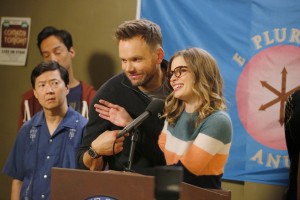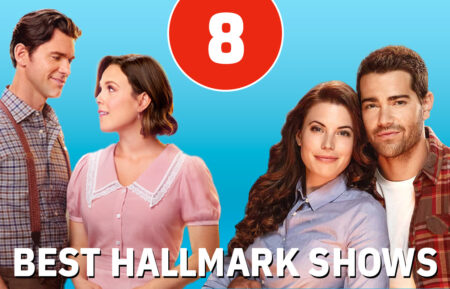Inside the Challenges of Original Online Programming

You too, YouTube? The video service is just the latest outlet to expand into original programming, launching the $9.99 YouTube Red, which promises an ad-free environment plus new shows and movies from established YouTube stars like Lilly Singh (A Trip to Unicorn Island) and Swedish comedian PewDiePie (Scare PewDiePie).
“Our primary focus of investment is people who rose to fame on YouTube,” says Robert Kyncl, the company’s chief business officer. “Every step along the way we are 180 degrees opposite of Netflix.”
YouTube is betting that some users accustomed to accessing YouTube for free will be willing to pay for an enhanced environment. But while Netflix and Amazon have cracked that code, other tech companies have struggled to get into the program biz.
Microsoft scrapped its ambitious plans for Xbox Entertainment Studios, which developed TV series for its Xbox Live platform. (Some of those shows ended up elsewhere, like AMC’s Humans.) Snapchat had big plans to produce shows for its Snap Channel but last month shut it down and fired its programming team. Yahoo!’s big programming plans have stalled after its acquisition of Community’s sixth season, among other shows, failed to deliver ad dollars—forcing the company to write off $42 million.
Why do companies like Yahoo! and Snapchat flirt with programming in the first place? Says one TV exec who has also worked in the digital space: “It’s high school all over again. They want to be the popular kids, and they’ve got a lot of cash. But when you get down to Microsoft or Snapchat or Yahoo!, none of those fundamentally are content companies.”
At a recent conference, CBS Corporation CEO Leslie Moonves said those stumbles were a reminder that producing TV is “not so easy. You can’t just say, ‘I’m going to take a billion dollars and put it into original programming and it’s going to work.’ There is a skill set that’s involved in what the networks do.”








